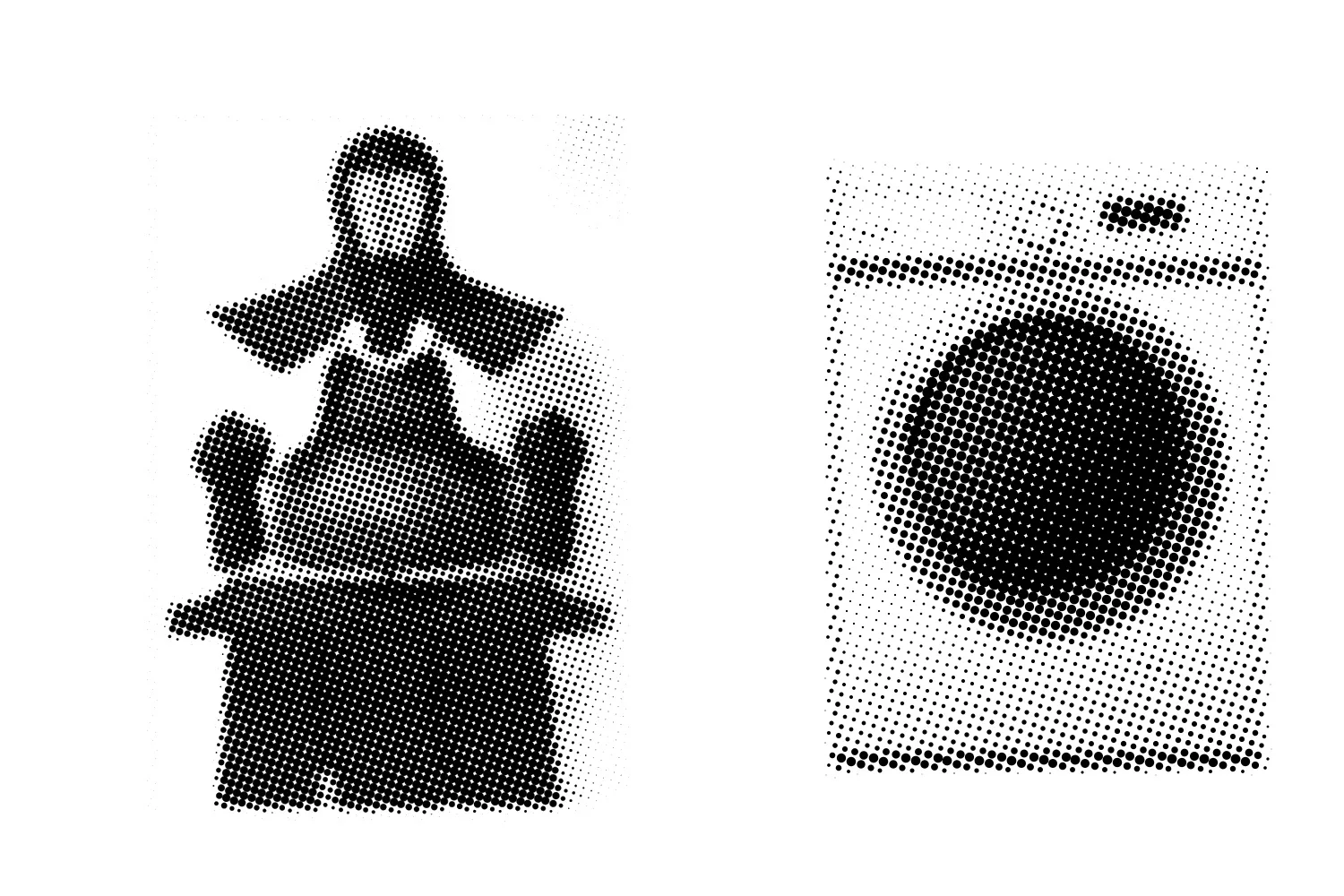A few days ago, after keiko at breakfast in Tiedekulma we ended up checking different kendo gears out online. Things escalated quickly, and when discussing our latest post about purchasing kendo equipment, we ended up talking about salty gear, maintenance and some semi-disgusting, not-so-breakfast suited topics. In order to spare save our future breakfasts and apetite, we decided to write a brief post about kendo and hygiene. This way we don’t need to repeat ourselves every single time, and perhaps we can also make Merci complain less.
The points we want to make here are fairly simple, namely:
- clean your gear
- cut your toenails
- don’t practice when you are sick
Let’s break these down a bit, shall we?
As for the first point (“clean your gear”) we have a couple of recommendations (and frankly, requests) for you. Please make sure that you maintain both the club’s and your own kendo equipment well. Of course, you cannot and should not clean or wash your bogu weekly, but you will definitely need to wash your hakama and keikogi regularly. We won’t get into crazy details here on how, because it has been done before (you can click here, for example). Some hakama and keikogi types (such as the synthetic ones) require to be washed almost after every practice, but the more sturdy, cotton ones get stinky and dirty less quickly.
The point we would like to emphasize here, is that we find it especially important that we respect each other enough to show up to both our own, and of other clubs’ practices and events with a clean and tidy gear. The way you wear your hakama, keikogi, and bogu tells a lot about your kendo: about how experienced, serious, and precise you are. A badly shaped, salty, “taco-men”1 can destroy the overall picture, and the first impression you are making on your opponent, but also on the shinpan in a competition situation, or the jury in an examination situation. Clean and tidy gear is as important part of kendo as the movements and the training itself. Of course, we all become sweaty and “stinky” after a hard keiko, but we should always start practicing with well maintained, and fresh equipment. If you would like to hear some tips, you can always drop us a message, and we can share our best practices with you!
As for the second point (“cut your toenails”), well…there is not much to add. We practice barefoot, so you don’t have to be a rocket scientist to know what might happen if you don’t remember this point and your feet happen to crush into your opponents’ feet. Are you a visual kind who just imagined it? Yes, that’s right: the result can be ugly, stupidly painful, and Merci will surely complain.
Number three is also more or less obvious. If it was not obvious before, Covid-19 surely taught us this-and-that in this respect. Anyways, we would highly advise you to refrain from practicing when you are sick. Firstly, for your own safety and recovery, and secondly for that of your peers.
This is the brief went about hygiene in kendo.
- “Taco-men?” – you may ask now. We refer to a men that is tied inappropriately, with the mendare pointing up, instead of forming a protective surface above your shoulders. ↩︎


Leave a Reply